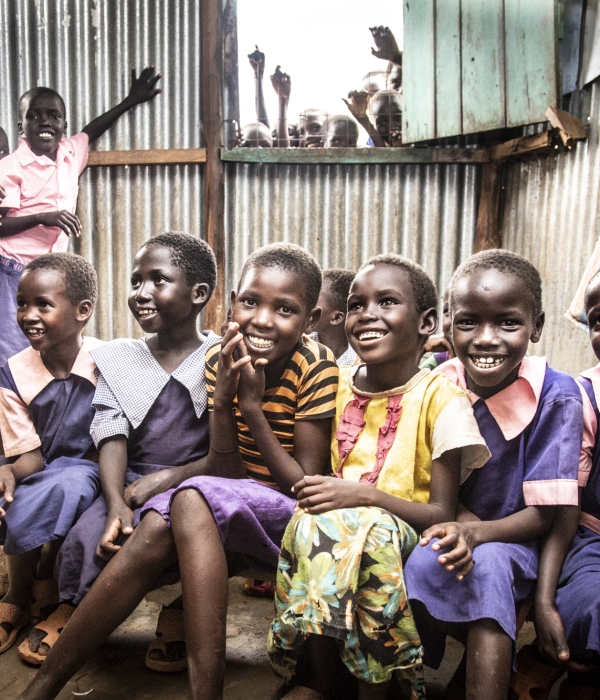Construct a New Classroom in East Pokot
East Pokot is one of six sub-counties in Baringo County, Kenya. East Pokot has 25% of the population in Baringo County and covers almost half the area (4,528 out of 11,000 km2), yet only receives one sixth of the county’s resources. Over 90% of the community function as pastoralists on very dry and infertile land. This forces many people into nomadic lifestyles as they search for water and pasture.
Cultivation of the land is nearly impossible due to long periods of drought and severe flooding during rains. Government health services and supplies are not sufficient and even basic, common treatable ailments can result in fatalities. There is very limited NGO activity in East Pokot and a lack of wider service coverage of the population.
So They Can currently works with two communities in Kenya: Nakuru and the marginalised area of East Pokot, both of which face extreme poverty, illiteracy, lack of employment opportunities, limited access to medical care, poor sanitation and a poor standard of public education.
Following the introduction of free primary education for all children over the age of 6 by the Government of Kenya in 2003, there has been a large increase in primary school enrolment numbers. This has not, however, led to increased learning and performance. The school system has not been able to keep up with a desperate need for new schools, classrooms, teachers, other school infrastructure and learning resources. Schools are forced to merge classes with the average ratio of pupils to qualified teachers nationwide being 54:1, 35% above the target of 40:1.
In rural areas the situation is far worse. Teachers have limited access to teaching resources, which must be shared across overcrowded classrooms. This in turn leads to chaotic teaching environments, unmotivated teachers and poor student engagement. Consequently, the completion rate at public primary schools and transition rate to secondary and higher education are low.

How So They Can’s project addresses this problem:
So They Can’s East Pokot Education Program works with 10 public schools, 7 primary and 3 secondary. In total, the 7 primary schools have 2,248 students and 74 teachers, and in the 3 secondary schools, they have 754 students and 38 teachers.
Classroom construction is a component of So They Can’s School Improvement Project (in the primary schools we work with in East Pokot); one of the projects delivered under our Education Program. Poor infrastructure and learning resources negatively impact on the children’s ability to learn, and often on their health. Our School Improvement Project seeks to fill the gaps that exist in schools by assessing the level of need for infrastructure and teaching and learning resources in schools.
So They Can supports partner schools through classroom construction, the provision of desks and chairs and other educational resources, providing access to clean water, and supporting the establishment of school feeding programs.


Overall, the objectives of the School Improvement Project are:
- To improve teaching and pupils learning infrastructure through the construction of toilets and girls changing rooms;
- Ensure schools are sufficiently equipped with educational resources and are able to support the learning development of both boys and girls;
- To support students without electricity to access solar lamps;
- To improve teaching and learning infrastructure through the provision of grants for classroom renovations; and
- To improve health and retention rates for pupils in program schools through school farming and feeding programs.
Construction of a classroom in one of So They Can’s partner schools in East Pokot will allow:
- Sufficient space per child, usually guided by standards set by a country’s Ministry of Education;
- Sufficient space for 30-40 children per classroom, to permit efficient use of teachers and avoid overcrowding (overcrowding of classrooms impacts the ability of children to learn efficiently and on the teacher’s ability to efficiently teach them);
- Construction methods that ensure the safety of children in school, suited to the natural hazards of the region. Some of the classrooms currently at partner schools are incomplete due to insufficient school funds. Floors are often unfinished and windows and doors are missing, leaving children exposed to often harsh weather conditions. Unstable roofs can also be a risk to childrens’ safety.

More Information








Visit Website: So They Can





